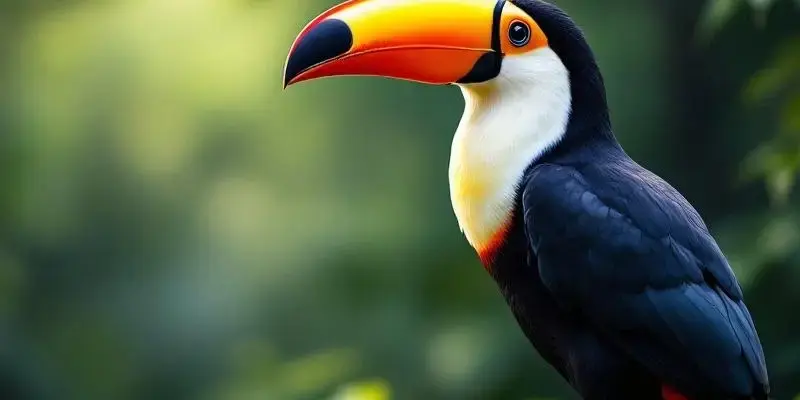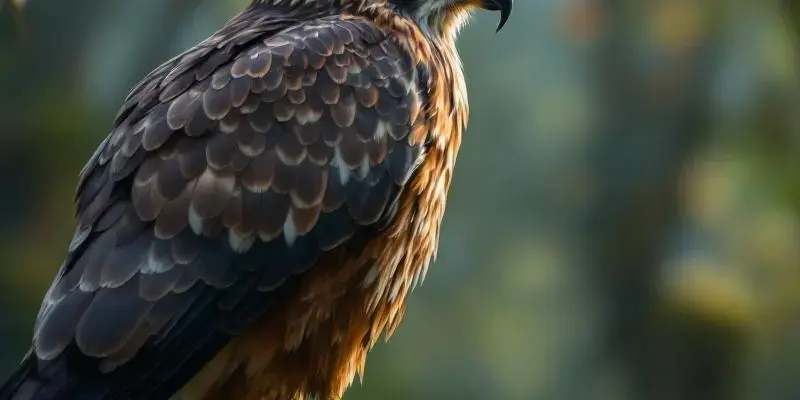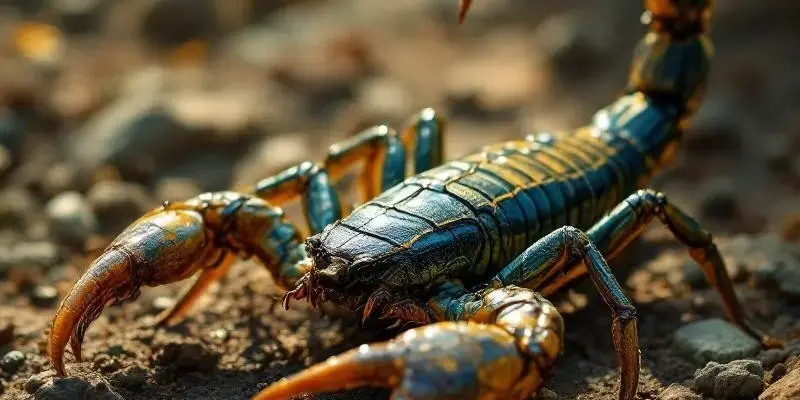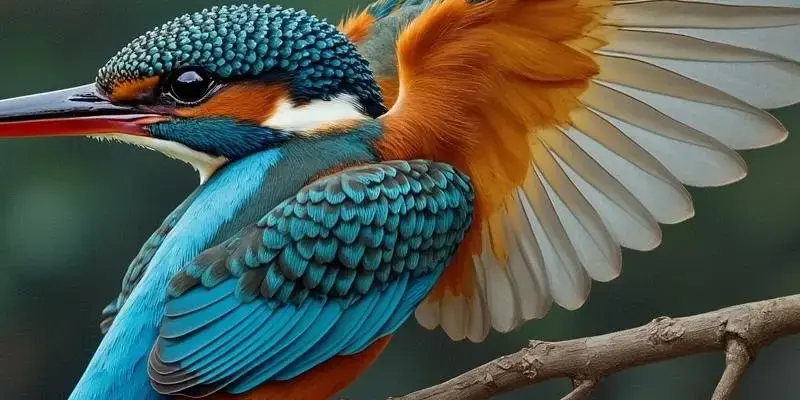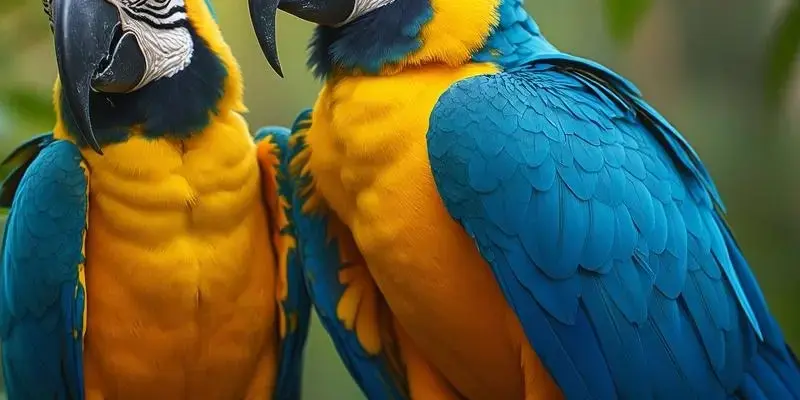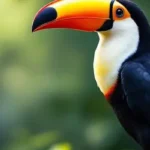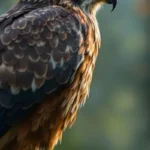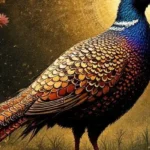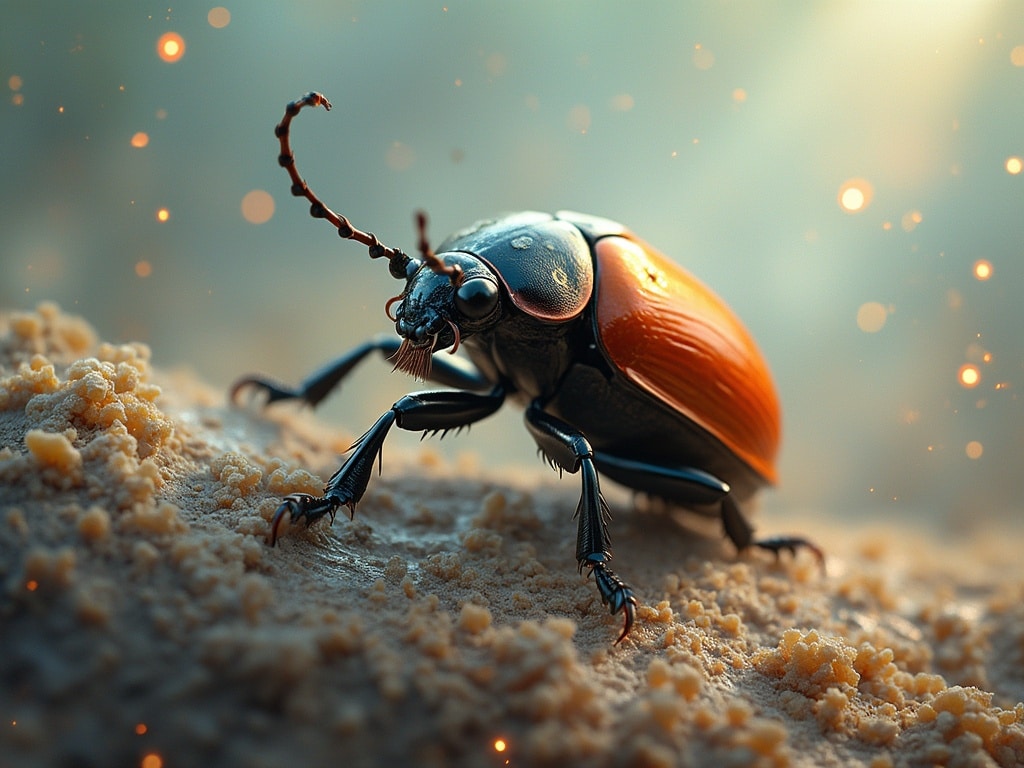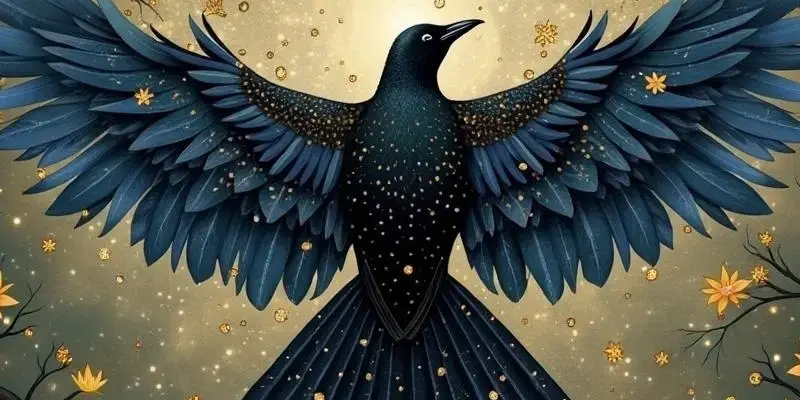Cormorant spiritual meaning

The cormorant embodies one of nature’s most profound spiritual paradoxes, simultaneously revered as divine messengers in Eastern traditions while vilified as symbols of greed in Western literature. This remarkable waterfowl’s ability to navigate multiple elements—diving 45 meters underwater, migrating across continents, and thriving in diverse ecosystems—has established it as a spiritually significant creature whose meaning transcends cultural boundaries.
Key Takeaways
- Cormorants represent a dramatic cultural divide in symbolism, seen as evil omens in Western traditions but divine partners in Eastern cultures
- As spirit animals, cormorants embody courage and adaptability, teaching us to dive deep for what we desire and transition smoothly across life’s elements
- Despite their individual hunting prowess, cormorants demonstrate community cooperation, often fishing in groups and maintaining strong social bonds
- The cormorant’s unique mastery of multiple elements (water, air, land) gives it distinctive spiritual authority compared to purely terrestrial birds
- Encountering a cormorant may signal a need for introspection and transformation, particularly during life transitions requiring flexibility and resilience
The Paradoxical Sacred Messenger
The cormorant stands as one of nature’s most extraordinary creatures – the only animal capable of migrating across entire continents, diving to extraordinary depths, and feeding on thousands of different species. This biological uniqueness has earned the cormorant significant spiritual status across diverse cultures for millennia, though with dramatically different interpretations.
Unlike the raven, which consistently symbolizes mystery across cultures, the cormorant represents one of nature’s greatest symbolic paradoxes. As Richard J. King observes in “The Devil’s Cormorant,” these birds have “led a troubled existence in human history, myth, and literature.” Shakespeare portrayed them as symbols of appetite and greed in four plays, while Japanese master fisherman Junji Yamashita declared them “the bridge between God and man.” This striking duality makes the cormorant among the most misunderstood yet spiritually significant waterfowl in human history.
East Versus West: Cultural Symbolism Divide
The cormorant’s spiritual meaning reveals a fascinating cultural divide between Eastern and Western traditions, highlighting how the same creature can inspire dramatically different interpretations across civilizations.
Western Portrayals: Darkness and Foreboding
In Western tradition, cormorants were historically portrayed as “symbols of evil and greed,” dark birds of evil omen often associated with shipwrecks and death. Shakespeare’s negative depiction in four different plays cemented this bird’s reputation for insatiable appetite. In medieval European art, cormorants appeared in heraldry and ornamentation, usually in their distinctive “wing-drying” pose, which ironically was reinterpreted to represent the Christian cross.
Norwegian folklore offers a more poignant interpretation – believing the “spirits of loved ones lost at sea take the form of cormorants to visit living relatives.” This more positive association shows how even within Western traditions, the cormorant’s meaning wasn’t entirely negative.
Eastern Reverence: Divine Partners
In stark contrast, East Asian cultures developed profound respect for cormorants through both their practical and spiritual value. The Ukai fishing technique in Japan has been practiced continuously for more than 1,300 years. This ancient method involves tying a collar to the bird’s throat, allowing it to swallow only smaller fish while retrieving larger catches for the fisherman.
The Sui dynasty of China (581-618 CE) first pioneered training cormorants for fishing, recognizing the bird’s remarkable ability to “collect a day’s worth of sustenance in just twenty minutes.” In fishing communities throughout East Asia, a cormorant image or talisman brings luck to fishermen and their vessels, making the cormorant “a symbol of abundance and success.” This respect for the cormorant’s abilities creates a sharp contrast with Western perceptions.
Indigenous American Perspectives: Sacred Connections
Cormorants have appeared prominently in ancient art across Central and South America, with imagery found in Mayan pottery and even identified on the mysterious Nazca Lines. The Mayan Rain God, Chac, shares artistic features with the cormorant, suggesting the bird represented an aspect of this important deity.
The Ojibwe Tribe holds particular reverence for the cormorant, describing it as “undaunted, tenacious, and balanced.” Unlike purely terrestrial birds, the Ojibwe recognized the cormorant’s unique ability to “move in equal harmony with two Elements–Water and Air,” giving it special spiritual significance. Among the Dakota, when a Medicine Man dreams of a cormorant, it prompts a ceremonial Fish Dance to “stave off whatever evil the Bird portends.”
Spiritual Messages and Meanings
Courage and Resourcefulness
The cormorant’s remarkable diving abilities and hunting prowess make it “a symbol of hard work, courage and ingenuity.” These birds know what they want and how to get it, demonstrating that success requires persistent effort. When a cormorant appears in your life, it prompts you to “venture into the unknown,” encouraging calculated risk-taking and openness to new experiences.
Like the cormorant that dives deep for sustenance, this symbol teaches the importance of courage in pursuing your goals. Their ability to hunt with precision and determination serves as a powerful reminder that acquiring what we need often requires boldness and strategic action.
Adaptability and Transformation
The cormorant effortlessly transitions between water, air, and land, symbolizing adaptability and transformation across different elements and circumstances. In many traditions, the cormorant represents patience and self-reliance – qualities necessary for navigating life’s changing conditions.
When this spirit animal appears, it may be urging you to “trust your intuition and seek out new opportunities for growth and transformation.” The cormorant’s message often arrives during transitional periods, encouraging flexibility and resilience in the face of change. Much like the swan’s spiritual meaning, the cormorant reminds us that grace under pressure is a powerful spiritual attribute.
Community and Cooperation
Despite their individual hunting abilities, cormorants often fish in cooperative groups and maintain strong community bonds. Their guano (droppings) have been valued since ancient times as a powerful fertilizer, which “became Peru’s largest exported good” – demonstrating how even waste products can benefit the larger community.
The cormorant spirit urges community engagement through specific actions: “Planting trees and flowers, organizing charitable events, cleaning local parks, helping elderly neighbors, and supporting neighborhood businesses.” Their example teaches us that individual success and community wellbeing are deeply interconnected.
Introspection and Intuition
When a cormorant “sits still in a tree as if pondering,” it reflects a time for exploring the “Four Facets of Existence: The Physical, Your Identity, Thoughts, and Feelings.” Just as the cormorant can dive 45 meters beneath the surface, its spiritual presence encourages deep introspection and connection with your subconscious.
However, the cormorant also warns against overthinking, reminding us that mental rumination without action can become unproductive. This balanced approach to contemplation makes the cormorant a powerful symbol of intuitive wisdom. Like the kingfisher’s spiritual meaning, the cormorant teaches us to combine quiet watchfulness with decisive action.
The Cormorant as Spirit Animal and Totem
Those who have the cormorant as their totem animal are “often introspective and intuitive, with a deep connection to the water element and skilled at navigating the currents of their emotions.” The cormorant totem encourages embracing your unique qualities and using them advantageously.
Like the territorial cormorant, whose “generations often return to and breed in the same place year after year,” people with this spirit animal demonstrate loyalty and consistency in their spiritual practice. They often find themselves drawn to water and feel restored by its presence, much like their avian guide.
The cormorant typically appears as a spirit guide during specific circumstances: when you need assistance, feel excluded from work or home life, require encouragement to reach goals, or doubt your ability to complete tasks. Similar to the raven, the cormorant “represents the mysteries, spirit communication, and astral flight or movement between realms,” but with the added dimension of water symbolism – making it a uniquely powerful spiritual messenger that bridges multiple elements.
Interpreting Cormorant Encounters and Dreams
Wildlife Encounters
Spotting a cormorant in the wild may signal “a need to be more adaptable and open to change.” Pay attention to the bird’s behavior: diving cormorants suggest exploring deeper emotional issues, while wing-drying poses indicate a period of restoration and recovery.
In Japan, a cormorant sighting brings good fortune to fishermen, while in Western traditions, it might warn of challenging conditions ahead – demonstrating how cultural context shapes interpretation. I’ve found that personal association matters too; your own experiences with these birds will color your interpretation of their appearance in your life.
Dream Symbolism
Cormorants in dreams carry specific meanings based on their activities. If you find yourself dreaming of these remarkable birds, consider the following interpretations:
- If surrounded by piles of fish, it “represents greed leading to bad luck” – prompting you to “take stock in what you need versus what you covet”
- If diving repeatedly before catching fish, it indicates “you still have a way to go on a project or effort”
- If sitting contemplatively in a tree, it suggests a period for introspection and exploring the four facets of existence
- For Dakota medicine practitioners, dreaming of cormorants necessitates performing a Fish Dance to avert potential misfortune
Practical Application of Cormorant Wisdom
Personal Development
The cormorant’s example teaches breaking the habit of overthinking while embracing its straightforward advice: “Be brave, resourceful, and keep moving forward.” Like the cormorant that collects “a day’s worth of sustenance in just twenty minutes,” focus on efficiency and purposeful action rather than wasted effort.
As “pellet makers” that process and release what no longer serves them, cormorants remind us to regularly evaluate relationships and commitments, retaining only what supports our growth. This practice of conscious release allows us to travel more lightly through life, much like the cormorant moves effortlessly between elements.
Community Engagement
The article explores the cormorant’s paradoxical spiritual significance across cultures. Eastern traditions revere these birds as divine messengers while Western literature often portrays them as symbols of greed. Cormorants’ remarkable ability to navigate multiple elements—diving deep underwater, flying across continents, and thriving in diverse ecosystems—has established them as spiritually significant creatures. They symbolize courage, adaptability, and transformation while demonstrating community cooperation despite their individual hunting prowess. The cormorant’s spiritual message encourages diving deep for what we desire and navigating life transitions with resilience.
| Key Aspect | Meaning |
|---|---|
| Cultural Symbolism | Dramatic divide: evil omens in Western traditions, divine partners in Eastern cultures |
| Spirit Animal Qualities | Courage, adaptability, introspection, transformation |
| Elemental Mastery | Unique navigation of water, air, and land gives distinctive spiritual authority |
| Social Behavior | Balance between individual hunting prowess and community cooperation |
| Encounter Meaning | Signals need for introspection during life transitions requiring flexibility |

